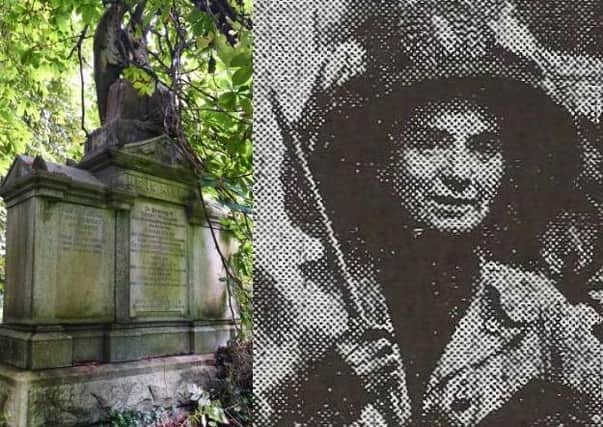Insight: A Scots grave leads to fascinating story of a forgotten suffragette


There, you will find a large granite grave: a triple lair with the words He is Risen embossed on the middle panel. The angel on top is only partially visible, trapped behind leaves; smote by a mighty arboreal limb. But position yourself directly below, and you can see she stands undaunted: her face set against the elements, her right arm, cut off at the elbow, raised defiance of mortality.
It’s an impressive Victorian tomb in a graveyard full of them. But only in the last few weeks has its full historical significance come to light. Because trace your finger down the weathered names of its occupants – all members of the Williams family – and you come to this: “Their daughter Henria Helen Leech. Born 6th January, 1867, died 2nd January, 1911.”
Advertisement
Hide AdAdvertisement
Hide AdHenria Leech Williams was a suffragette. More than that, she was one of the very few who died in pursuit of the cause. She was one of 300 women who marched to the Houses of Parliament on Black Friday – November 18, 1910 – to demand their voting rights after the collapse of the Conciliation Bill.